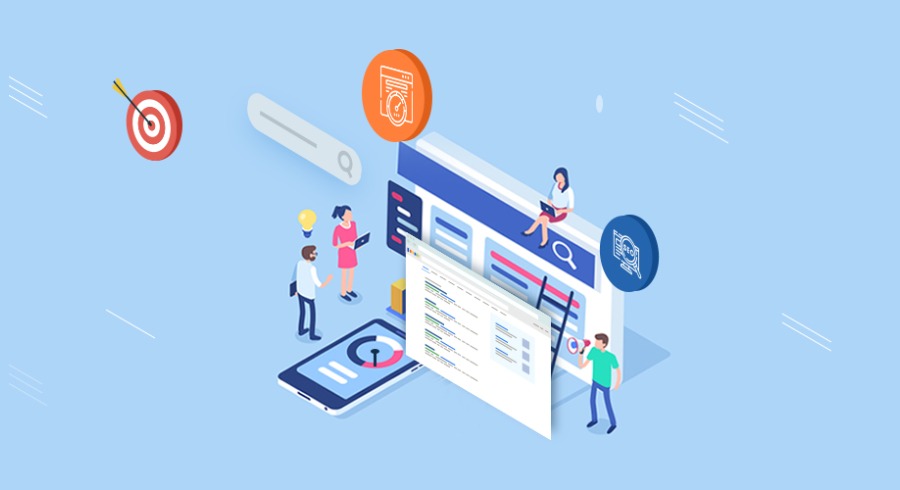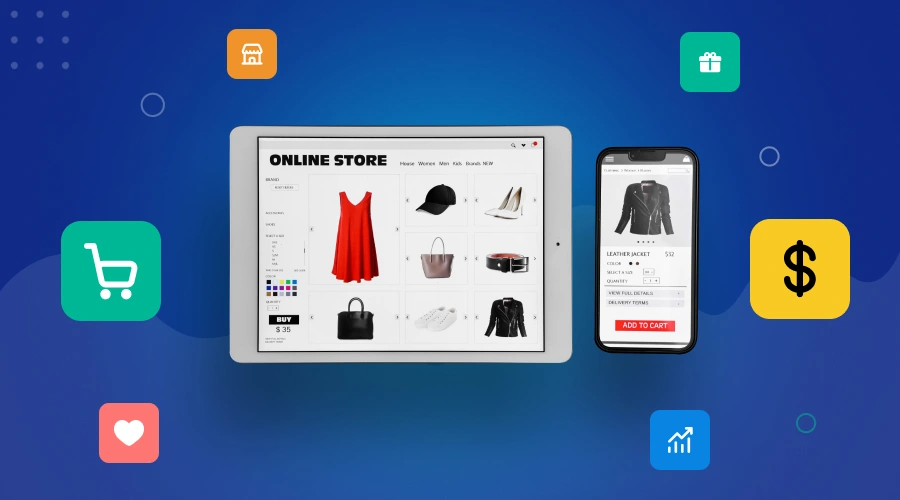Websites have become the point of access for most users when interacting with a business enterprise. The quality of websites in terms of content, navigation, design, loading speed, and other parameters plays an important role in enhancing the user experience. In today’s digital age, where attention spans are short and competition is fierce, the speed at which a website loads has become crucial for both user experience and search engine optimization (SEO). This is due to the fact that slow-loading websites frustrate users and result in lower search engine rankings. No wonder, for any website design company, say the website design company in the USA like Knovial, developers work on keeping the page load speed to a minimum.
If we look at the stats, a page load time of 10 seconds on mobile increases the bounce rate by 123 percent compared to a 1-second loading speed (Google industry mobile speed report). Another statistic says that one in four visitors would abandon a website if it took more than 4 seconds to load. And pages that load within 2 seconds have a bounce rate of only 9 percent (a significant decrease). This article delves into the significance of page speed and its impact on user experience and SEO. It highlights the importance of optimizing website performance.
Website’s Page Load Speed and Its Impact on SEO and User Experience
For businesses to increase revenue and stay ahead of the competition, their digital touchpoints should be fast and responsive enough for users. In a day and age where users mostly visit search engines like Google to find information, products, or services, it is important for websites to feature high in search results. According to Google, the page speed of a website is a ranking factor in its algorithm. In other words, the faster a website loads, the higher its ranking in search engine result pages (SERPs). This would mean better visibility and organic traffic for the website. For any professional SEO company in the USA or elsewhere, increasing the page load speed becomes a top priority to get a higher ranking in search results.
Understanding Page Speed
It refers to the amount of time a web page takes to fully load and become visible to the user. Measured in seconds, it is a key metric to evaluate website performance. Page load speed includes many factors, such as the time taken to retrieve resources from the server, process them, and render them on the user’s device. It gets influenced by several factors, such as the size and complexity of the page, the server’s response time, the internet connection, and the performance optimization implemented on the website.
When a web page loads quickly, visitors are more likely to stay engaged, navigate through the page, and complete their goals. On the other hand, a slow-loading web page can result in frustration, a negative impact on search engine rankings, and an increase in bounce rates. Any web development company in the USA and elsewhere uses various techniques to increase page load speed. These include compressing and minifying resources, optimizing code, utilizing caching mechanisms, minimizing the number of server requests, and leveraging content delivery networks (CDNs) to deliver resources from servers that are closer to the user.
User Experience and Page Speed
User experience and page speed are intertwined, as the former plays an important role in shaping the overall user experience of a website or application. A fast-loading website enhances user satisfaction, engagement, and the likelihood of achieving desired goals, while a slow-loading website can lead to frustration, abandonment, and negative user perceptions.
When a web page loads quickly, users are more likely to stay engaged and explore the site further. Studies have shown that users have increasingly shorter attention spans, and they expect websites to load within a few seconds. If a page takes too long to load, users may lose interest, abandon the page, or seek alternatives.
Fast page load speeds contribute to a positive first impression. When users encounter a website that loads quickly, they perceive it as efficient and reliable. On the other hand, a slow-loading page can create a negative perception of the website, leading users to question its quality, credibility, and professionalism.
SEO and Page Speed
Search engines, such as Google, have indicated that page speed is a ranking factor in their algorithms. Websites that load quickly provide a better user experience, and search engines aim to deliver the best possible experience to their users. Thus, faster-loading websites are more likely to rank higher in search results compared to their slower-loading counterparts.
Page speed directly influences the user experience. When users encounter a slow-loading website, they are more likely to abandon it and seek alternatives. High bounce rates and low engagement metrics can negatively impact SEO performance. On the other hand, fast-loading websites improve user satisfaction, engagement, and the likelihood of users staying longer on the site, which can positively impact SEO. So, for any top USA SEO company, ensuring a fast-loading webpage is critical to delivering a better user experience and, hence, a higher ranking on search engine result pages.
Further, Core Web Vitals are a set of user-centric metrics introduced by Google to assess and measure the overall user experience of a website. Page speed, along with other factors like interactivity and visual stability, is an essential component of Core Web Vitals. Websites that provide a good user experience by meeting Core Web Vitals requirements are more likely to receive a boost in search rankings.
Conclusion
Page speed has a profound impact on both the user experience and SEO. It directly influences user engagement, bounce rates, conversion rates, and search engine rankings. To provide a seamless browsing experience and maximize online visibility, businesses or any web design agency in the USA and elsewhere must prioritize optimizing page speed. By implementing various strategies and continually monitoring performance, businesses can enhance user satisfaction, boost conversions, and gain a competitive edge in the digital landscape.







